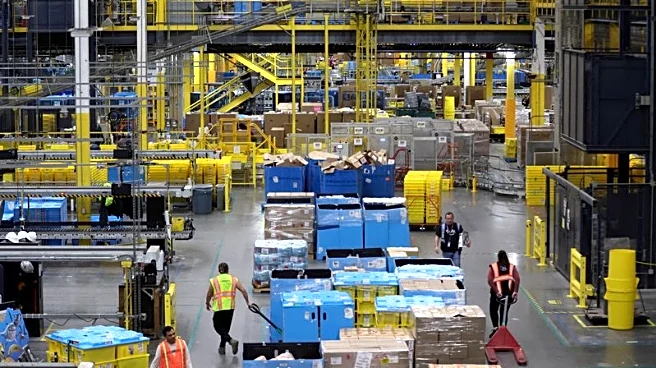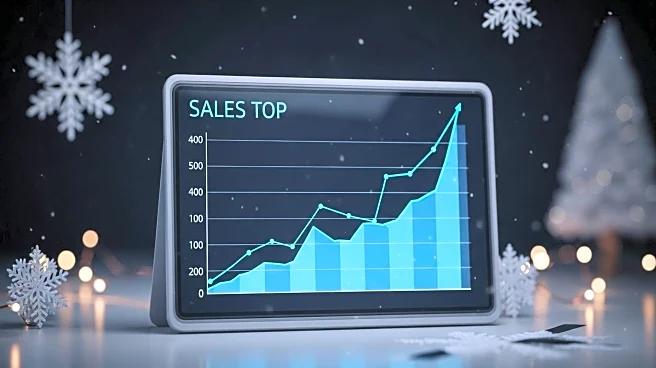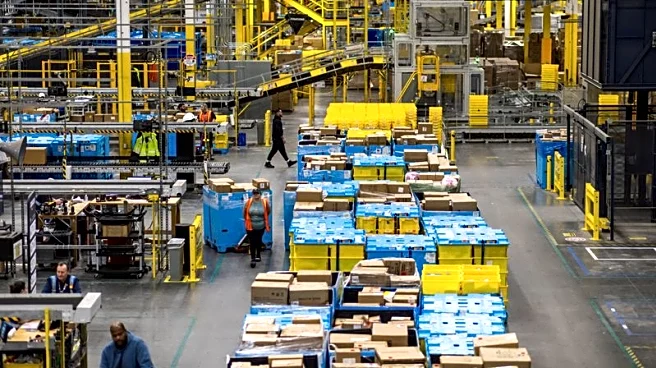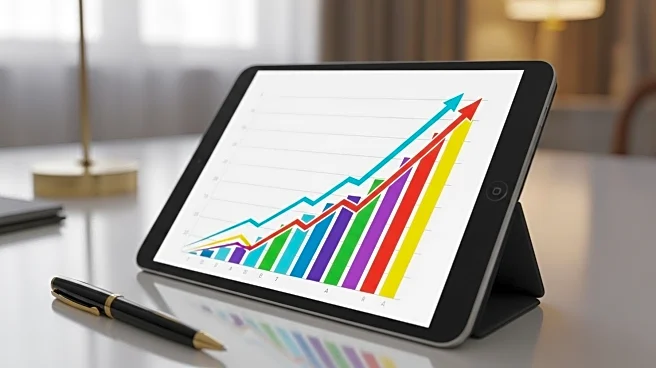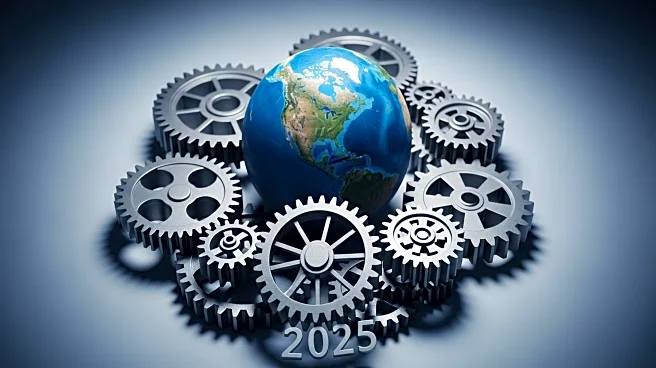What's Happening?
Adobe Analytics has released a report indicating that online holiday spending in the U.S. is expected to increase by 5.3% year-over-year, reaching $253.4 billion. However, this growth rate represents a slowdown compared to the previous year's 8.7% increase. The report attributes this deceleration to consumer concerns over tariffs and economic conditions. Sectors such as apparel, home goods, and electronics are anticipated to be most affected as consumers prioritize essential purchases over discretionary spending. Experts suggest that while high-income consumers may maintain or increase their spending, middle-income households are likely to cut back, posing challenges for retailers.
Why It's Important?
The anticipated slowdown in holiday shopping growth could reflect broader economic challenges facing the U.S. economy. Rising inflation and tariffs are increasing the cost of goods, prompting consumers to be more cautious with their spending. This trend could have significant implications for retailers, particularly those in discretionary sectors like apparel and electronics, which may see reduced sales. The shift in consumer behavior underscores the economic pressures on middle-income households, potentially leading to a more challenging holiday season for retailers who must navigate these changes in consumer spending patterns.
What's Next?
Cyber Week, spanning from Thanksgiving to the following Monday, is projected to contribute $43.7 billion to overall online holiday spending. Retailers may need to adjust their strategies to accommodate the changing consumer landscape, possibly focusing on offering quality over quantity and managing pricing strategies amid tariff impacts. The ongoing economic uncertainties, including potential price increases in holiday food shopping due to the H5N1 virus affecting turkey supplies, could further influence consumer spending decisions.



